Before we get going, let’s get caught up on the trip so far!
I’m Covering a SpaceX Rocket Launch with NASA Social next week!
NASA Social Rocket Launch, Day 1: Growing Plants in Space and a Lot of Science
NASA Social Rocket Launch, Day Two: a Space Shuttle, the VAB, and Visiting an Actual Launch Pad!
Let’s end this blast of a trip with…well, a blast! We pick up where we left off, leaving Launch Pad 39B and driving across some back roads to none other than…
T-5 Hours: Visiting the SpaceX Falcon 9 Rocket
Somehow we all started getting even more excited as we drove past various launch pads until we finally arrived at Space Launch Complex 40, on lease to SpaceX. We were waved through by a security officer wearing a simple SpaceX polo and then we were there. We hurriedly ran off the bus in a maelstrom of excitement and high-pitched noises and there it was…the Falcon 9. The sun was setting behind an epic sky, making for some absolutely beautiful shots.
I had my Fuji GFX100 and 250mm lens with the 1.4x teleconverter, so I thought I’d try to get some close up shots, particularly of the Cargo Dragon which was holding all of the science heading to the ISS. With 100 megapixels and a hefty telephoto lens I was able to get an incredible amount of detail!
Of the almost innumerable SpaceX accomplishments is their ability to reuse the first stage of their rockets over and over again. The first stage for this rocket had been used twice already, and I love that SpaceX didn’t repaint them as part of the preparation for the next launch, there was a really unique “space patina” on the rocket.
And, of course, I couldn’t not get a super detailed shot of the Falcon 9 rocket logo.
I stepped back and put the camera down for a few moments. I wanted to make sure I remember what this scene actually looked like and not just chase a perfect picture. As our time was winding down, I decided to try and put together a truly epic picture of the entire rocket. Using the big telephoto lens I took five images, combined them in Photoshop, and ended up with this absolute monster of this incredible rocket.
The picture ended up being 267 megapixels and almost 78 inches tall at full resolution! I’m in love with it and couldn’t think of a better shot to get me pumped for the launch.
Eventually we had to leave the rocket, since it had other plans. We piled back into the bus (although none of us wanted to), awestruck as ever.
But we didn’t come to Florida to see a rocket sitting on a launch pad. We came to Florida to see a rocket launch into space.
T-2 hours: Rocket Launch
We went up for the last time at 10pm, excited not only because lifelong friendships were made but also because the wind had died down (at least on the surface, although I was told surface winds weren’t really that big of a concern, more the upper level winds). The threat of a last-minute launch scrub was ever-present but we all had backup plans so we weren’t THAT worried.
The bus took us all the way back to our first stop of the trip, the Launch Complex 39 press site. As we pulled up in the bus, I noticed the Actual Media were there with their fancy cameras in their fancy sheds on the press complex site. Pfff, I have my own fancy cameras, I thought at the time. There were quite a few photographers in the NASA Social group and as we walked over to the water’s edge we were talking camera settings and the types of shots we were going for. Personally I was going for a wide “streak” shot with my Sony a7rIV and the 12-24mm lens and a zoomed in shot with the Fuji GFX100 and the 250mm+1.4x TC from before.
My gear was set up and settings tested (as much as you can test them before the rocket, you know, launches) with about 30 minutes to go. The NASA folks encouraged all of the “camera people” to be sure to put the cameras down for a moment and actually enjoy the moment, and it was wonderful advice. I took a few steps back (to give others more room) and thought about everyone we had met and everything we had seen. All the massive amounts of everything we saw, the huge cranes and enormous buildings down to the tiny stem cells to be used in research that were sitting just 3 miles away atop the Falcon 9 rocket. All of the engineering, the math, the science, and the even more math that had been done over the past century led all the way up to this. Mercury, Apollo, the Space Shuttle. This was a “simple” cargo resupply mission, but there’s nothing simple about space. Fraught with risk and enormous expense, it was tempting to think of the launch as “routine” but that would be disrespectful to those who have worked for decades to make it seem that way.
The rocket was off in the distance, illuminated by enormous flood lights. At T-5 minutes I went to my camera to stand ready. The excitement was palpable. The winds were calm. All of a sudden we saw what looked like smoke coming from the rocket as it vented, the sign that fueling was complete. A fantastic photographer and Army Captain named Micah called out “T-minus 1:00”. I started a 4-minute long exposure on my a7rIV, hoping everything would come out ok. I cradled the Fuji in my hands, deciding to handhold instead of leave it on a tripod.
“30 seconds”. I couldn’t help but start smiling and a tear started to make its way out of my right eye. I was overcome with gratitude.
“20 seconds”. I un-teared up, gratitude was still there but it was business time.
“10, 9, 8, 7, 6…” we noticed enormous plumes of water begin to deluge under the base of the launch pad for the sound suppression we learned about just hours before.
“5, 4, 3, 2, 1” the engines of the Falcon 9 rocket shone brightly as enormous plumes of steam came from the base of the rocket
“Lift-off!” Everyone lost their minds cheering and hollering as the fury of combustion and light below the rocket gracefully lifted it into the night sky. And then the sound hit us. Sounding more epic than any fireworks display I’d ever seen, the sound was a percussive roar. I snapped 15-20 pictures and then made sure I put the camera down to enjoy it (although I did sneak an instagram video of it).
The rocket ascended into the sky, breaking the sound barrier, and then the first stage died out and separated itself, creating an amazing “nebula” of exhaust fumes in the dissipating atmosphere. Stage 2 fired and the rocket continued towards space while our attention turned to the first stage. We saw a burn from the first stage (called the boostback burn) as it begin its controlled descent back to earth. The burn was over and we nervously awaited the first stage to begin its landing burn (we couldn’t see anything since it was midnight at this point). Suddenly the first stage burst into life again as it descended safely and made a perfect landing on its landing pad, punctuating the landing with an awesome sonic BOOM that hit us seconds later.
We hugged, high-fived, and none of us could stop smiling (the NASA folks were doing the same, they were just as excited as we were). As we made our way back to the bus for the final time, we started checking our cameras, screams of jubilation coming from those who got The Shot.
Including me. I got the shot I hoped for.
The end of our trip
It seemed so weird that it was over so fast. None of us were ready to leave but we had to get back to wherever Home was. I didn’t sleep that night, since I had an early flight out of MLB, and only 12 hours later landed back in Dallas. I asked myself “how the heck do I tell this story?” I’m telling it the only way I know how: incredible images and heartfelt commentary.
This NASA Social event taught me so much about space and science but more than that it taught me about the determination of countless women and men to make something so unlikely as space travel look so routine. As the space program enters its next generation with crewed flights leaving from the USA once again, everyone waits for Artemis and the return to the moon, yet we’re looking farther, to Mars and even beyond. I can’t pretend that this coverage will make any sort of significant impact, but hopefully it’s shown you there is some incredible work happening (with unprecedented cooperation between the private and public sector) in our space program and it will benefit us here on earth in myriad ways.
I cannot thank the NASA Social team enough for bringing me along! I’ve already started looking forward to the next launch and hope to someday be selected for another NASA Social event!


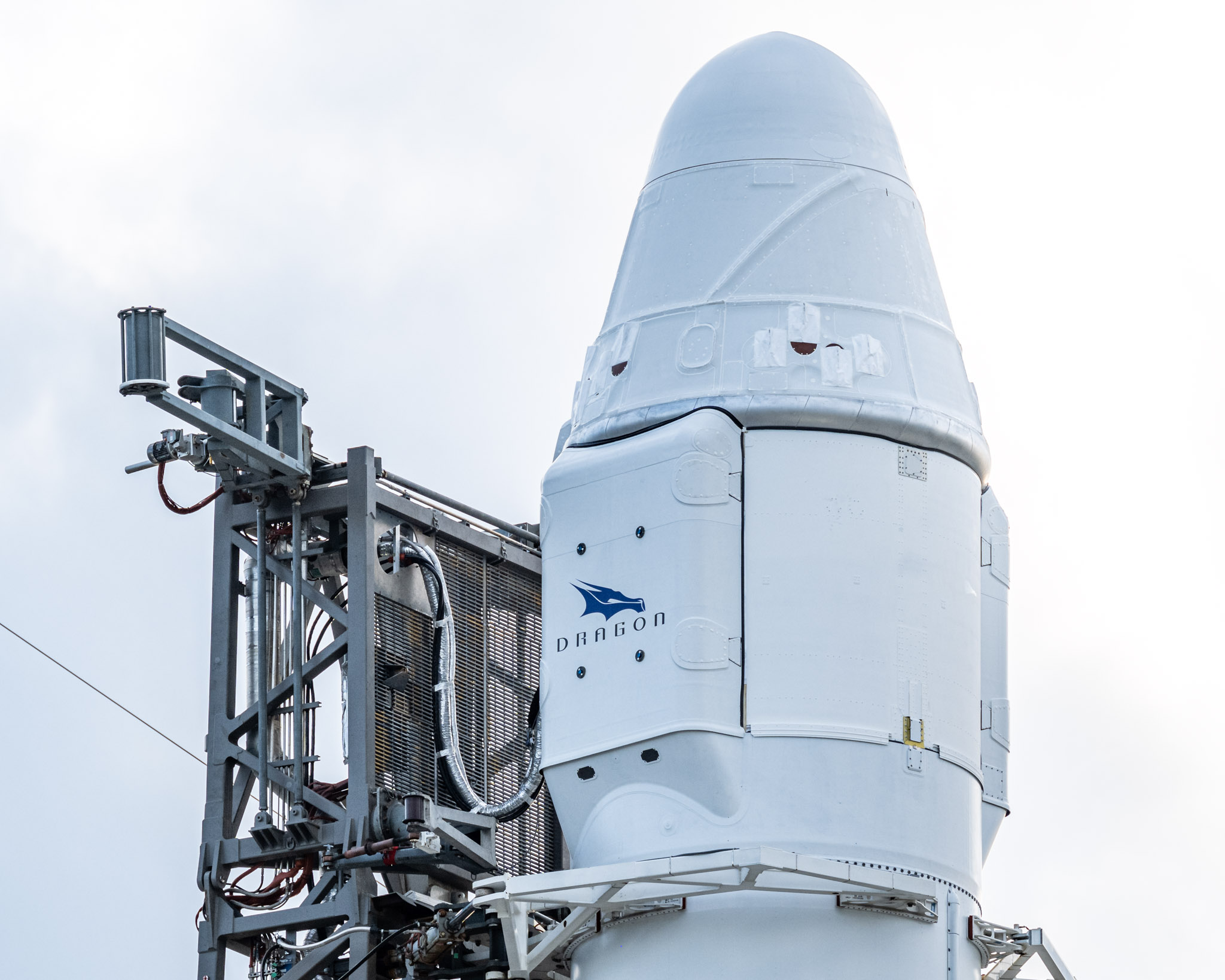
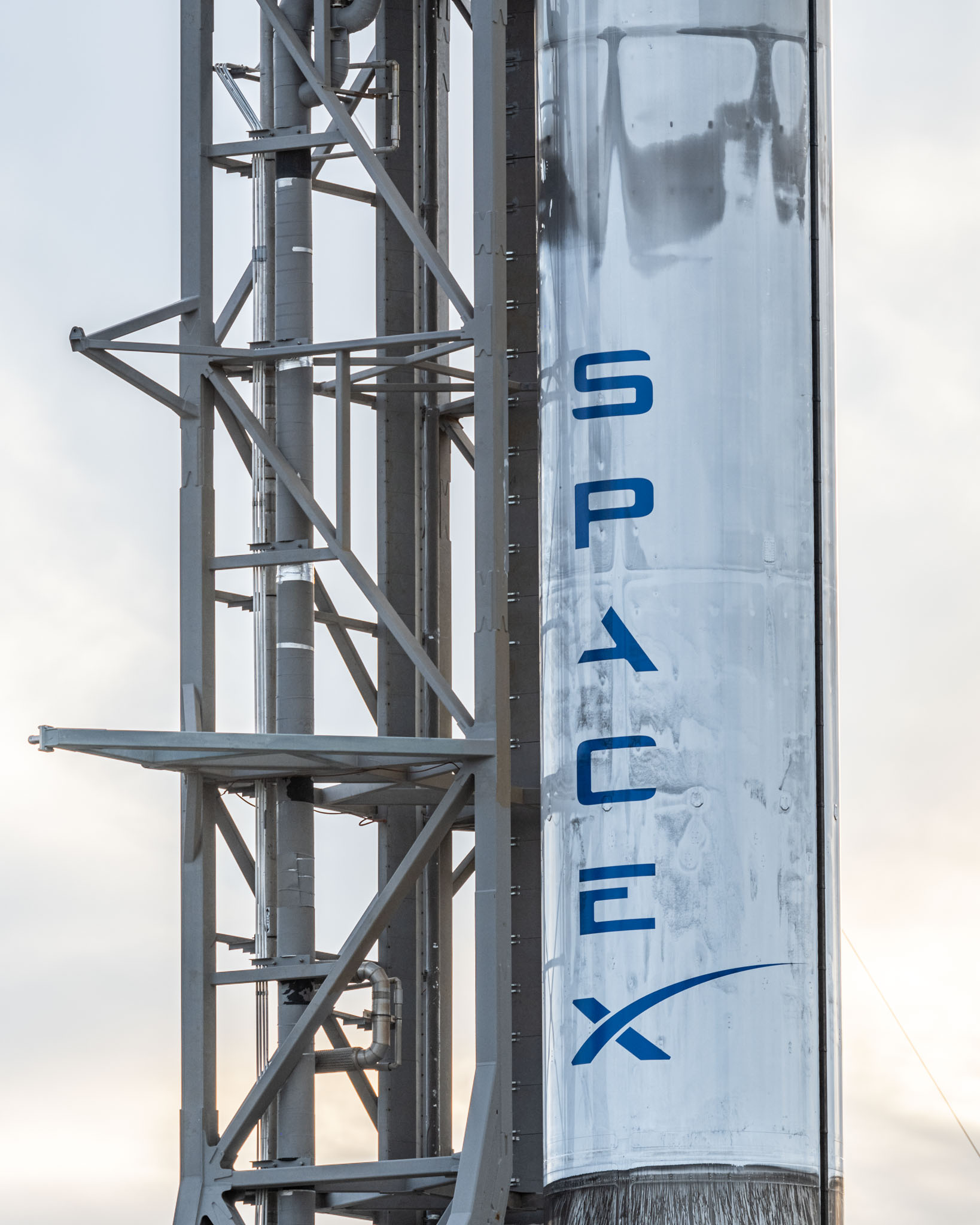
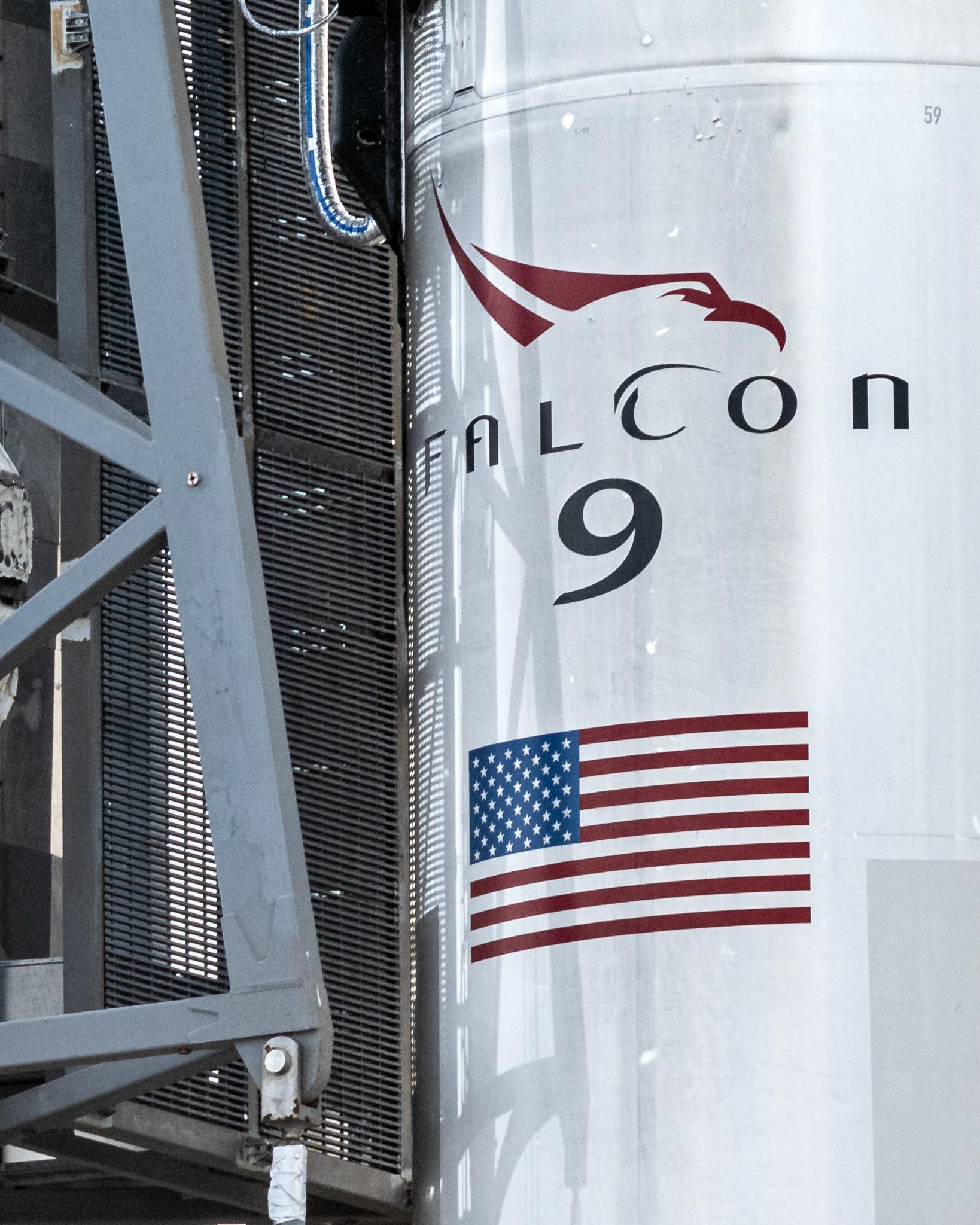
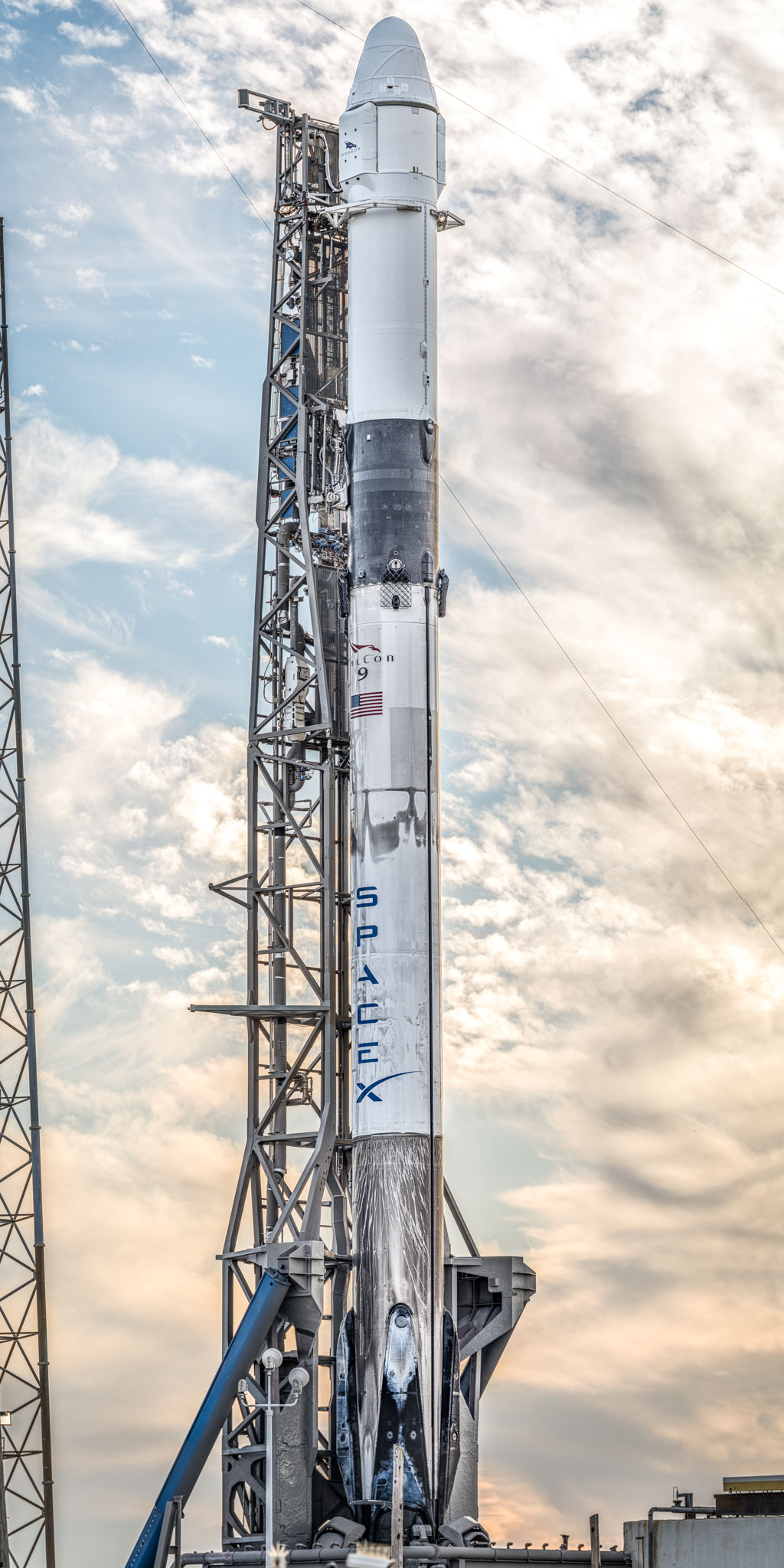

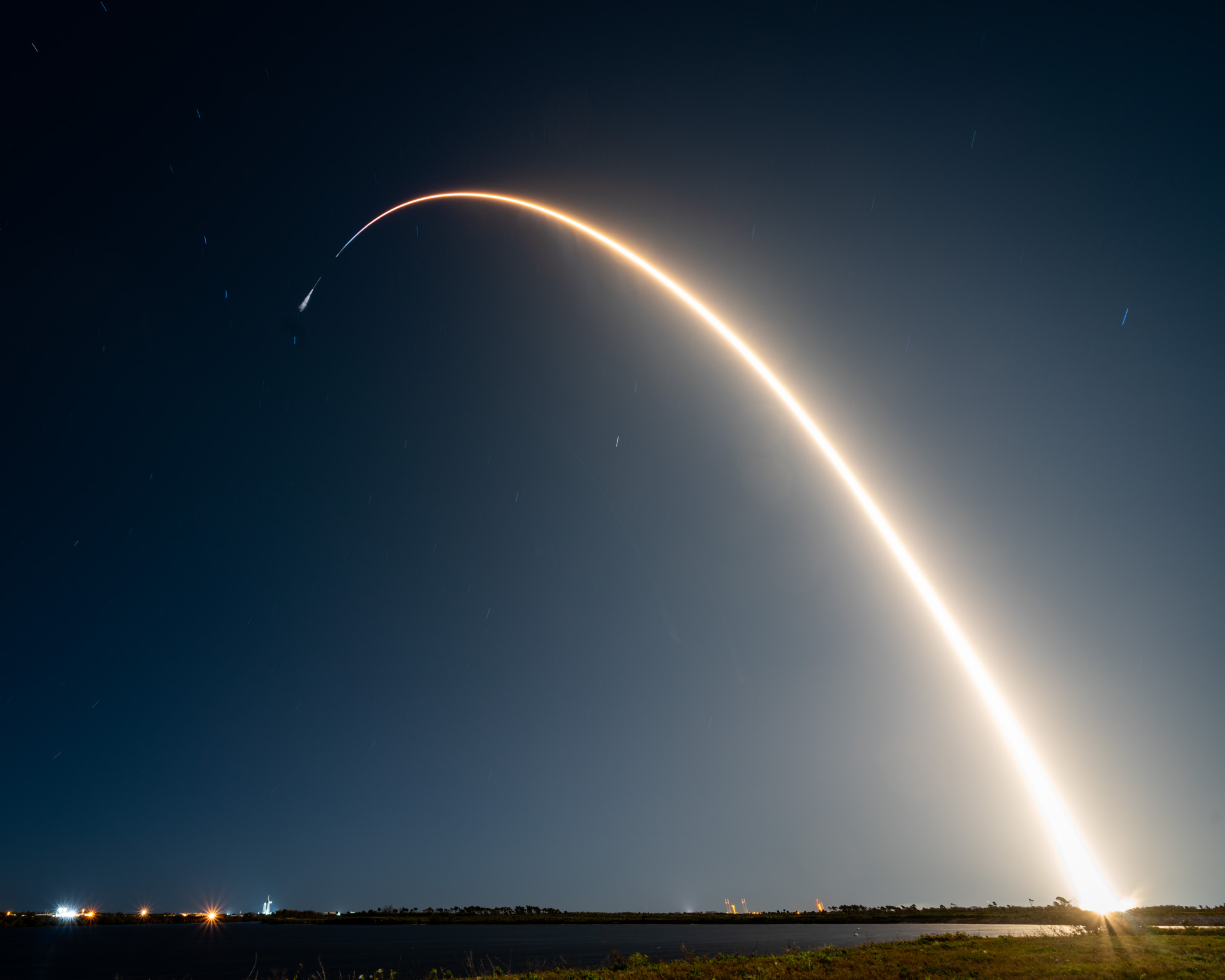

Love the story, the anticipation is palpable. And of course the images are nice as usual!